Identifying fungal nail infections
Fungal nail infections can affect any part of the nail and, in some cases, may affect the entire nail unit including the nail plate, bed and root.
Toenails are seven times more likely to be affected than the fingernails; this may be due to their slower growth, reduced blood supply and dark, moist environmental conditions.1 Fungal nail infections are more common in older people and are rare in children.1 The nails most commonly affected by fungal infections are those on the big and little toes.2
Symptoms of fungal nail infections include:1
Click the circles to learn about each symptom:
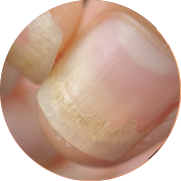
Discolouration
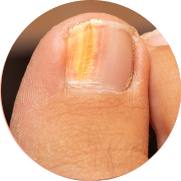
Streaks
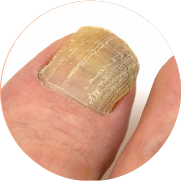
Thickening
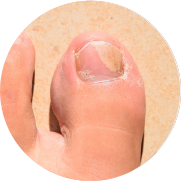
Spots
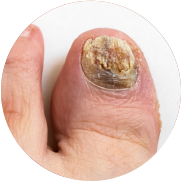
Disintegration
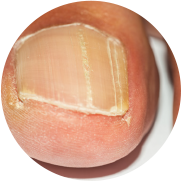
Inflammation
Customers affected may describe their nails as discoloured or yellow, thicker than the other nails, brittle, flaky or powdery.
Risk factors for fungal nail1
- Having a fungal skin infection such as athlete's foot
- Psoriasis
- Diabetes mellitus
- Peripheral arterial disease
- Being immunocompromised
- Repeated nail trauma
- Wearing occlusive footwear
